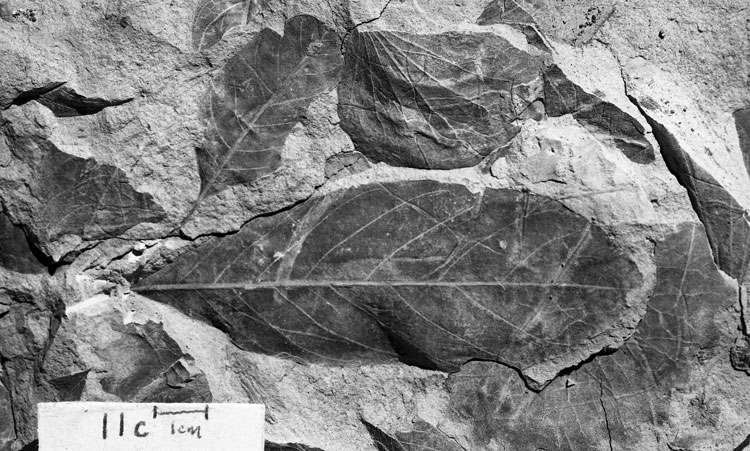Locality
Grebenka, Yelisseev Locality, Site 11c
Description
Description of Anadyricarpa altingiosimila N. Maslova et Herman taken from Maslova and Herman (2004).
The infructescence includes a relatively massive axis, with longitudinal ribs and a maximal diameter equal to 2.5 mm and several alternatively attached capitate infructescences with a diameter of about 8 mm. The maximal observed number of heads per axis is nine. Closer to the axis base, the heads are attached with a pedicel (up to 4 mm long). Toward the apex of the axis, the pedicels become shorter, and apical heads are sessile.
The head consists of a central core (3 mm in diameter); radially attached, tightly adpressed flowers of various maturity; and fruits. Rounded or oval scars of slightly different diameter are scars of shed fruits and carpels: larger scars are obviously remains of mature fruits. The mean number of flowers per head is fewer than 35.
The microstructure of particular flowers was studied with SEM. The length of a separate flower is 1900- 2100 µm; the width varies from 230 to 750 µm depending on the maturity of the carpel. Each individual flower consists of a well-developed perianth and a solitary carpel. The members of the perianth form a tube, which embraces the carpel along nearly its entire length. In underdeveloped narrow carpels only apices of short stylodes remain free. The perianth tube persists in mature fruits as well. The number of perianth members and degree of perianth differentiation were not revealed because of the insufficient preservation. The upper surface of the flower is folded. In transverse section, a relatively thick layer is visible that consists of perianth members, which envelop the gynoecium along its entire length. The upper cuticle of the perianth is formed by elongate cells with greater cutinized longitudinal walls.
The mature fruit is narrowly elliptical, about 1700 µm long and up to 700 µm wide, with a distinct longitudinal suture. The fruit base is conical. All visible fruits are devoid of stylodes. However, it is still uncertain whether this is taphonomic or whether the stylodes were shed after fruit became mature. The cuticle of the fruit wall is formed by tetragonal cells, often with equal sides.
Remarks
The heads of Anadyricarpa altingiosimila were found in association with the leaves of Ettingshausenia louravetlanica and bark fragments. Bark fragments vary in outline and size. Their longitudinal relief is virtually identical to that of extant Platanus.
This photograph was made in the field. The specimen is in the collection of the Geological Institute, Russian Academy of Sciences, Moscow, Russia. For further details of the context of the collection see Spicer et al. (2002).
